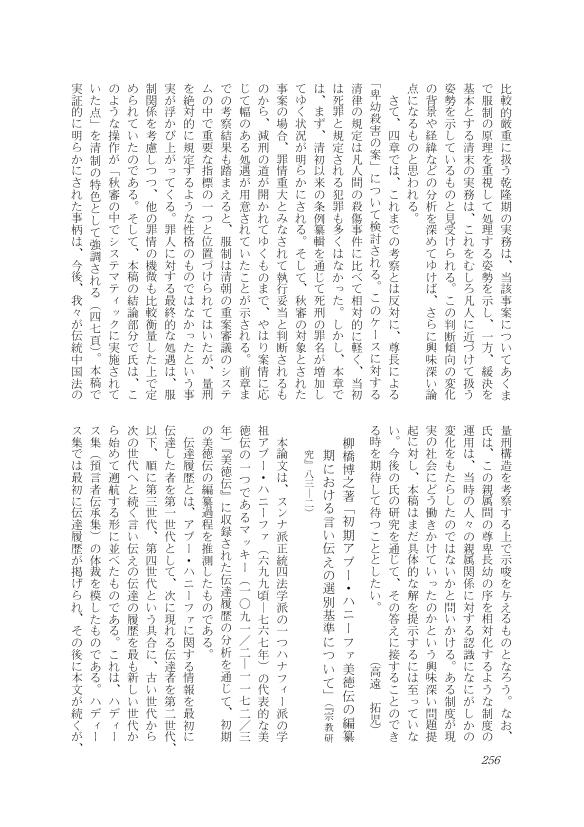2 0 0 0 OA 18世紀後半カイロにおけるシャイフ・アルアズハル位をめぐる対立とシャーフィイー廟
- 著者
- 茂木 明石
- 出版者
- 日本中東学会
- 雑誌
- 日本中東学会年報 (ISSN:09137858)
- 巻号頁・発行日
- vol.25, no.1, pp.113-139, 2009-07-15 (Released:2018-03-30)
The purpose of this paper is to examine the relationship that existed between the Mausoleum of al-Shafi'i and the ruling class in late eighteenth century Cairo, through ananalysis of the conflict among political and religious leaders with regard to the appointment of Shaykh al-Azhar in 1778. In this conflict, the Hanafi Shaykh al-'Arishi and the Shafi'i Shaykh al-'Arusi competed for Shaykh al-Azhar. And finally, at the Mausoleum of al-Shafi'i Shaykh al-'Arusi was appointed as Shaykh al-Azhar by Murad Bek. The question before us is why at the Mousoleum of Imam al-Shafi'i the appointment of 'Arusi as Shaykh al-Azhar was done. One reason is that the Mausoleum of al-Shafi'i was popular in Cairo at that time. Another reason was the peculiar position the Mausoleum of al-Shafi'i had possessed in Cairo historically. The Mausoleum of al-Shafi'i has been the place where rulers of Islamic Egypt have been fond of constructing their tombs. For example, the Ayyubid Sultans such as Malik al-Kamil and Malik al-'Aziz constructed their tombs near the Mausoleum of al-Shafi'i. And construction of the tombs of Murad Bek and Qazdhughri amirs such as Ibrahim Ketkhuda and 'Ali Bek at the district of the Mausoleum of al-Shafi'i were the traditional burial patterns of Muslim rulers in Egypt. This peculiar position of the Mausoleum of al-Shafi'i was one of the reasons why at this Mausoleum 'Arusi was appointed as Shaykh al-Azhar.
1 0 0 0 OA 柳橋博之著「初期アブー·ハニーファ美徳伝の編纂期における言い伝えの選別基準について」
- 著者
- 茂木 明石
- 出版者
- 法制史学会
- 雑誌
- 法制史研究 (ISSN:04412508)
- 巻号頁・発行日
- vol.60, pp.256-258, 2011-03-30 (Released:2017-05-02)
